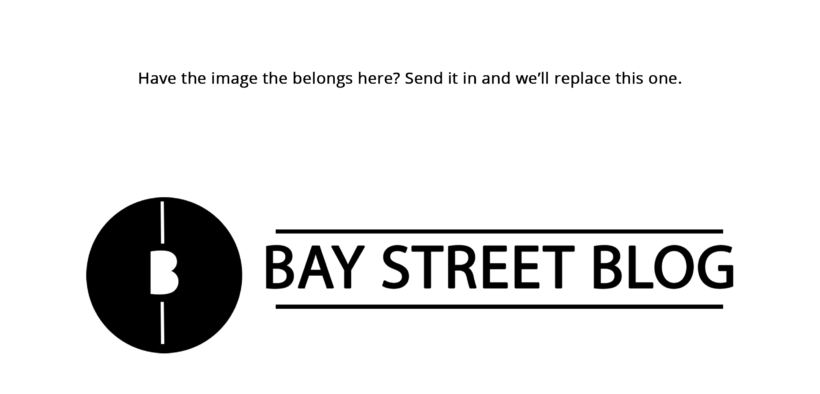Can Justin Trudeau Cool Down the Hot Toronto Real Estate Market?
Share

The Toronto Real Estate market have always been hot, with 22 years of consecutive price growth. Recently, the number of condos sold in Toronto have outpaced Manhattan, according to Michael Kalles, president of Harvey Kalles Real Estate LTD., Brokerage.
According to the Toronto Real Estate Board (TREB), the average detached home in the city of Toronto is a little over $1.2 million in April 2016, an 18.9% increase from the previous year. With prices growing faster than the average Canadian city, and millennials being priced out, is it possible of cool off the Toronto Real Estate Market?
Price Increases
Out of all forms of housing in the Toronto area, semi-detached homes have risen the most, with an increase of 23.8% year over year, as many buyers are being out-priced by the detached home market. Condo apartment experienced gains less than half of the low-rise housing segment.
Toronto Home Prices, April 2016, YoY
There have been reports of Toronto having the most condos under constructions in North America. It even outpaced the New York City condo market – the supply of condos within the city are keeping the price growth within the mid single digit range.
Housing Supply
The main reason why detached homes continue to face strong price growth is because there is no more land left. Due to land constraints, developers have shifted towards higher density developments, such as townhouses, stacked townhouses, and low/high rise condos. This is a completely normal trend – Toronto’s population continues to grow, and it cannot grow outwards anymore. Thus, Toronto is starting to grow upwards.
There is a hot demand for Toronto real estate, where the supply continues to be extremely low. High demand, and low supply is one of the leading contributors to the high price growth. According to a RBC Economics Report, new listings in the Toronto area have declined 6.9% year over year in June 2016.
Due to the lack of land and higher prices in Toronto, many millennials are commuting to the Toronto area from the suburban regions, such as the York Region, Durham Region, and Peel Region. Low rise homes in Toronto continue to have an upside since the lack of land available have led developers to focus on high rise condo projects.
One recent trend that has been helping with the low supply of homes is the sale of of the Toronto District School Board (TDSB) properties, where under-attended schools are being converted into subdivisions.
Government Regulations
The housing debate has been controversial, especially in the past few years. Justin Trudeau has mentioned that the housing market is a very significant crisis and that it is a drag on the Canadian economy. Looking at the Canadian housing market from a holistic approach, Ontario and British Colombia are the only Canadian provinces to experience double digit growth in the housing market. Other Canadian cities experienced flat, or negative price growth.
In a recent report, Vancouver and Toronto accounted for all job growth in the Canadian labour market. It’s no surprise that these two cities would have the hottest housing markets in Canada, as there continues to be many employment opportunities.
Since 2008, the Canadian government have tightened mortgage regulations five times, attempting to cool down the housing market (BNN). Regardless of the new regulations, the prices in the hot Toronto Real Estate and Vancouver Real Estate Market continued to outperform other Canadian cities.
At the beginning of this year, the Trudeau Government has implemented a new rule – requiring buyers to have an additional 10% down payment for the purchase price over $500,000. In addition, buyers are also required to have a 5% minimum down payment for the purchase price under $500,000. The 20% down payment rule for homes over $1,000,000 remains unchanged.
For example, if the home purchase price is $450,000, the minimum down payment required would be 5%, which comes to a total of $22,500. However, if the purchase price is $600,000, the minimum down payment is 5% on the first $500,000, and 10% on the balance after $500,000 up to $1,000,000. In this case, the down payment would be a total of $35,000. Under the old rules, the minimum down payment would have been $30,000.
Although the Trudeau Government attempted to cool down the housing markets with this new mortgage rule, it made it harder for millennial first time homebuyers as they are stuck saving longer. According to BNN, the time required to save for the minimum down payment (in the Toronto area) was 56 months under the old rules. After the new regulations were implemented, the time required increased to 67 months. Having a total down-payment under 20% will lead to CMHC premiums.
Finding a way to “cool” the Toronto housing market would be complex. The major reason why the prices of the low-rise home segment continues to rise is because there is limited land available to build detached homes with a 40-foot frontage, and the demand continues to be strong. This can be evident in Ottawa’s past attempts to cool down the housing markets.
Conclusion
The price growth of the Toronto Real Estate market can be justified by the high inflow of new residences into the city, low interest rates, high demand, and low supply. The weak Canadian dollar has also contributed to the Toronto Real Estate markets, since it has given immigrants a stronger purchasing power.
Michael Kalles has mentioned that Toronto is becoming a world-city – the demand is not just local, it’s also international. Making tighter mortgage regulations will only price out first time, millennial home buyers since they tend to be more price sensitive.
Writer: Jelani Smith
Disclaimer: All investing can potentially be risky. Investing or borrowing can lead into financial losses. All content on Bay Street Blog are solely for educational purposes. All other information are obtained from credible and authoritative references. Bay Street Blog is not responsible for any financial losses from the information provided. When investing or borrowing, always consult with an industry professional.







Bay Street Blog Newsletter
Click here to subscribe for a financial savvy experience.
Please check your email to confirm subscription!